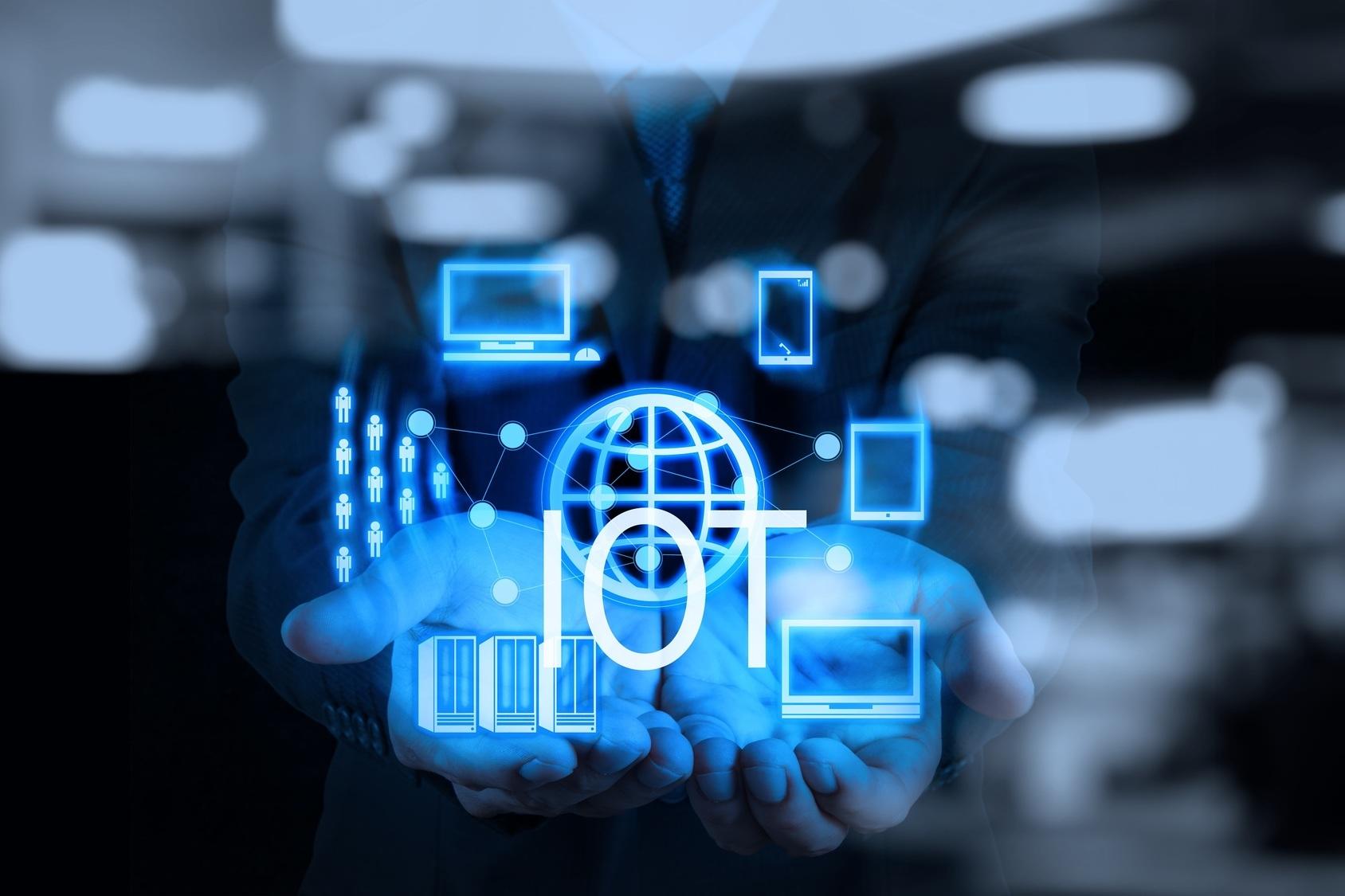You may have heard that Internet of Things is capable of transforming the everyday physical things everybody into a futuristic and way smarter ecosystem. But you may also see it as a wave of the far, far away future, which is abored by poorly informed people who do not fully comprehend the concept yet. Unfortunately, there are lots of other damaging misconceptions about IoT that need to be unfolded to give everyone a true sense of what it actually is. With this in mind, this is the right time to discuss some myths that shroud the concept of IoT. Here are 5 misconceptions you should know.
1. It is already a connected world
Due to the proliferation of digital devices spearheaded by the new digital age, most people assume that everybody in the developed world is already living in a connected world. This school of thought seems to make complete sense because most homes are “bombarded” with gadgets and equipment that are connected to the internet. For example, myriad of people use smartwatches, smartphones, Smart TVs, iPhones, iPads, laptops, smartmats, smart coffee maker, Bluetooth tracking sensor, smart alarm clock, smart thermostat, smart button controller, smart voice controller, smart outdoor camera, intelligent oven, gesture controller and a host of other made-for-home gadgets and electronic equipment. And there is a rhetoric that often goes around that the world is a global village.
But all these things still do not necessarily mean that it is already a connected world. Why? Because Internet of Things entails complete connectivity where everything is connected and can “talk” to each other. For example, a truly connected world would be when your lightening systems could talk to your security systems which could talk to other domestic systems including your garage door openers and smart vacuum cleaners. And all these systems could be efficiently controlled by a single system or centralized system. But if you look around, even in the developed world, this has not happened yet.
There are many reasons for this, such as interoperability, scalability, security and bandwidth issues that need to be tackled first. If these issues are not taken care of efficiently, then it cannot truly be a connected world.
2. The massive volume of data that will be generated from Internet of Things cannot be monitored
Since the concept of IoT is specifically centered on complete or total connectivity, it is inevitable that massive data will be generated – an avalanche. That is why some professionals believe that nobody can keep up with the ever-growing and ever-changing data that will be generated by the IoT. But this would not be issued because there is going to be a selection of data that will be transferred to the end-user apps.
This is because a large chunk of the data that will be generated does not represent specific state changes. Because of this, they will not be transferred to the end-users’ apps. These apps sieve through data to collect the ones that represent a change in state. (These are the ones that are termed “useful.”) For example, traffic lanes being opened and closed, the light bulb being switched on and off, valves being opened and closed, and so on will be transferred to the remote processing app.
So this goes without saying that these apps need to be updated only when there are changes in state, which means that the apps will not be bombarded by tons of generated data.
3. Internet of Things will rely on smartphones and mobile applications data centers
It is not uncommon to think that IoT will rely on smartphones and mobile apps since it plays a key role in the collection process and it’s the main source for accessing IoT applications. But this is not true. The reason is that smartphones are inefficient, which makes them unreliable. For example, the batteries on smartphones could die, which will make the data inaccessible. Or the phone could be put on airplane modes, which also make the data inaccessible.
So there needs to be a new system that is more efficient than the mobile systems or cellular networks and communication devices to play a central role. That is where remote processing solutions and dedicated gateways come in. With it, round-the-clock availability, high performance, efficient bandwidth, cost-effective data solutions will be guaranteed.
4. Internet of Things is a future technology
It is not unusual to think that complete connectivity where everybody in the developed world has smart lightening systems, smart oven, smart homes, smart pretty much everything, is something light-years away or a concept of sci-fi movies. But this is not true. In fact, it is just the next logical or reasonable step in the evolution process. This is because some critical infrastructures are being built by tech corporations as this post is been written.
And it is interesting to say that some important technological building blocks, such as state-of-the-art sensors, long-range and short-range networking communications, microprocessors, microcontrollers and other key building blocks have been built already. And complex apps that are able to tackle the unique challenges have been built also.
Final Thought
Internet of Things (IoT) is indeed a very fascinating concept that will offer a lot of opportunities for people and businesses alike. And it is going to happen sooner rather than later, especially in modern civilized communities as more gadgets and equipment are being developed by app development companies that have these functionalities. But myriad of people sees it as too futuristic, which give rise to some of these myths discussed in this article. As you can see, total connectivity is possible and just the next evolution process.













No Comments